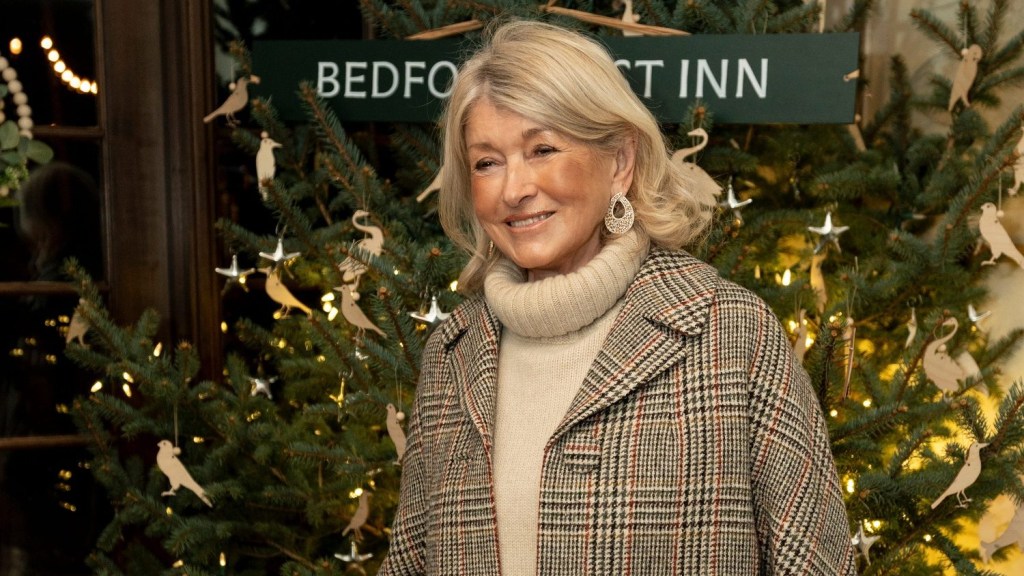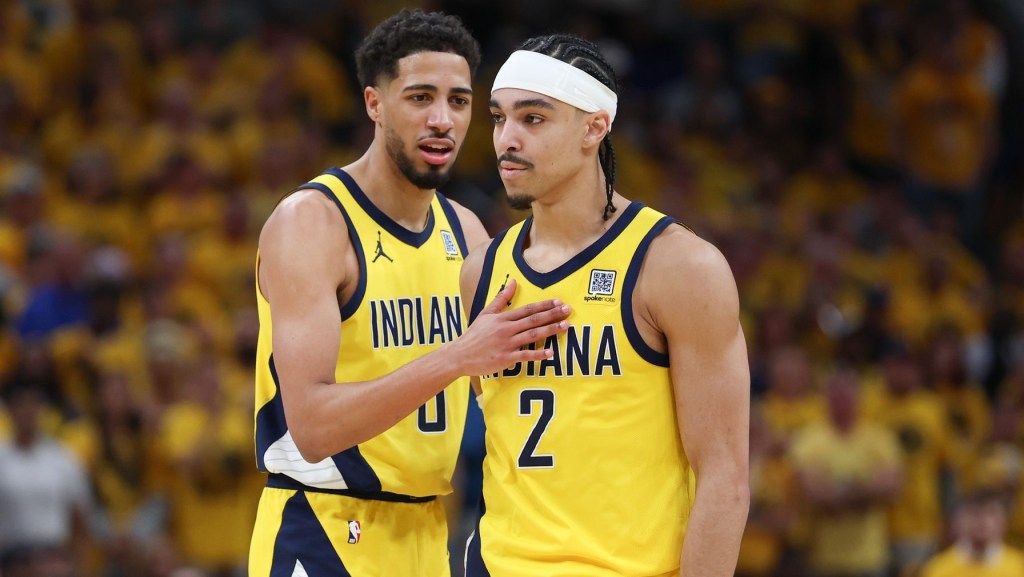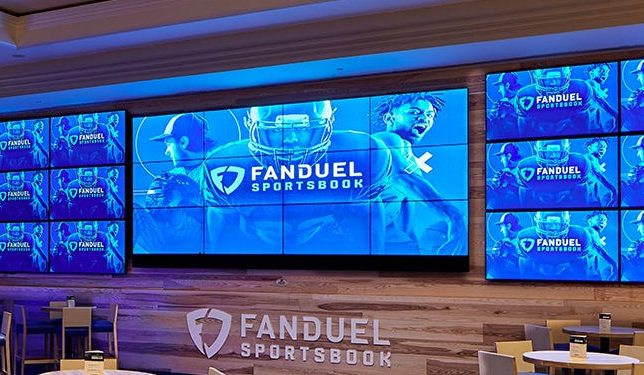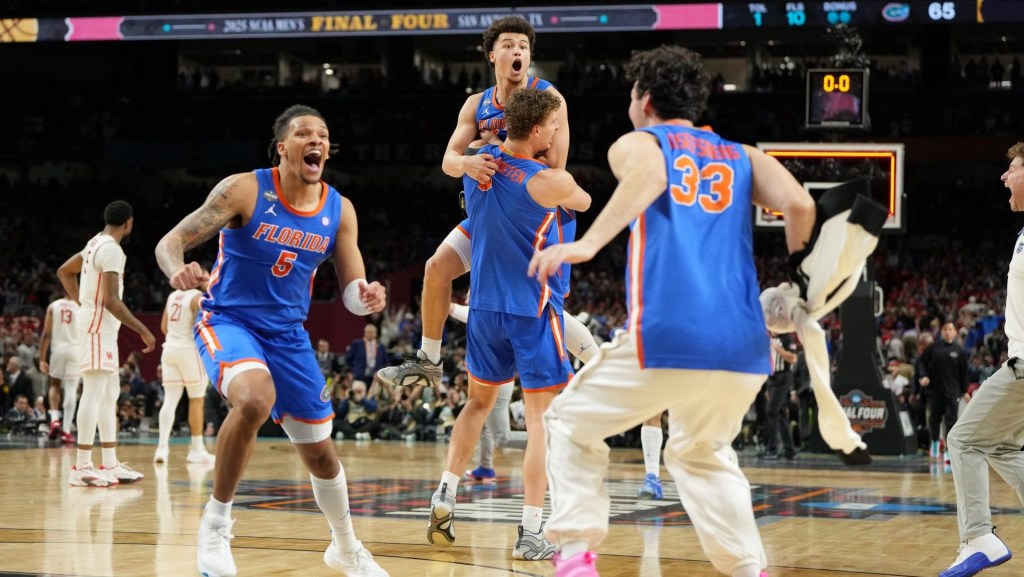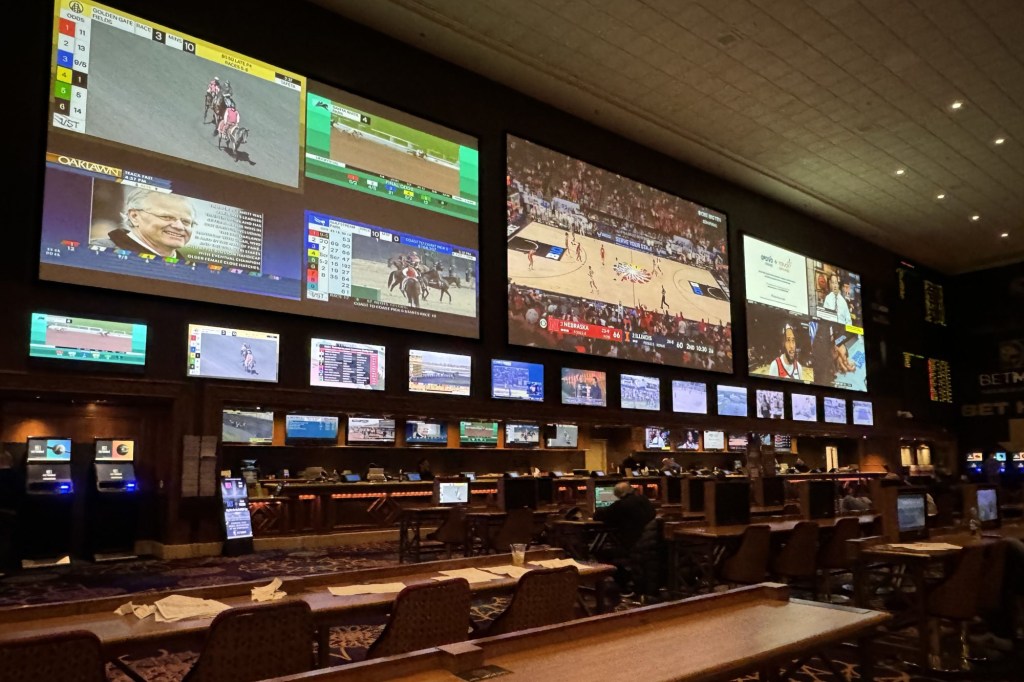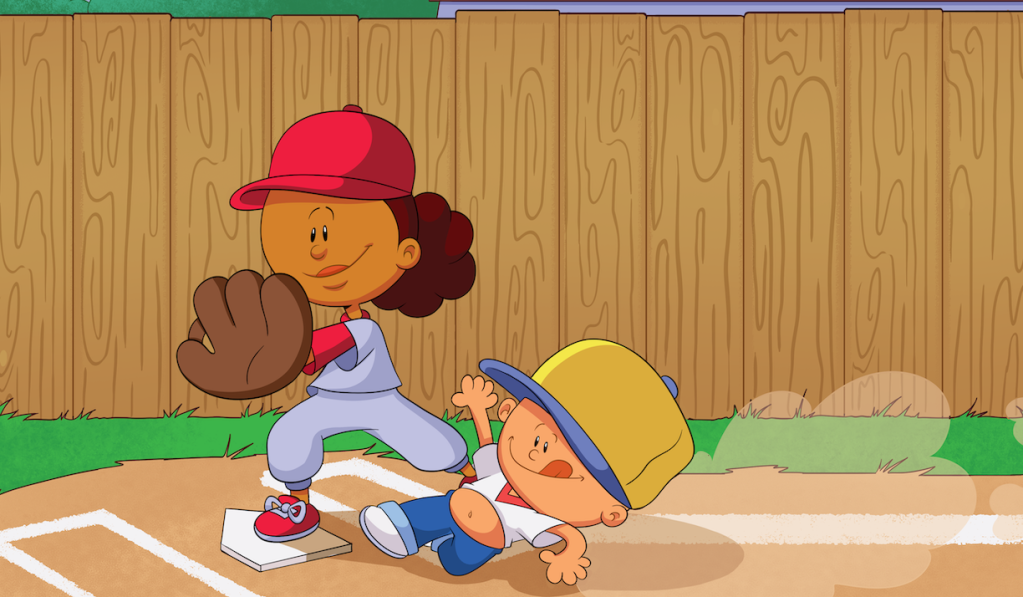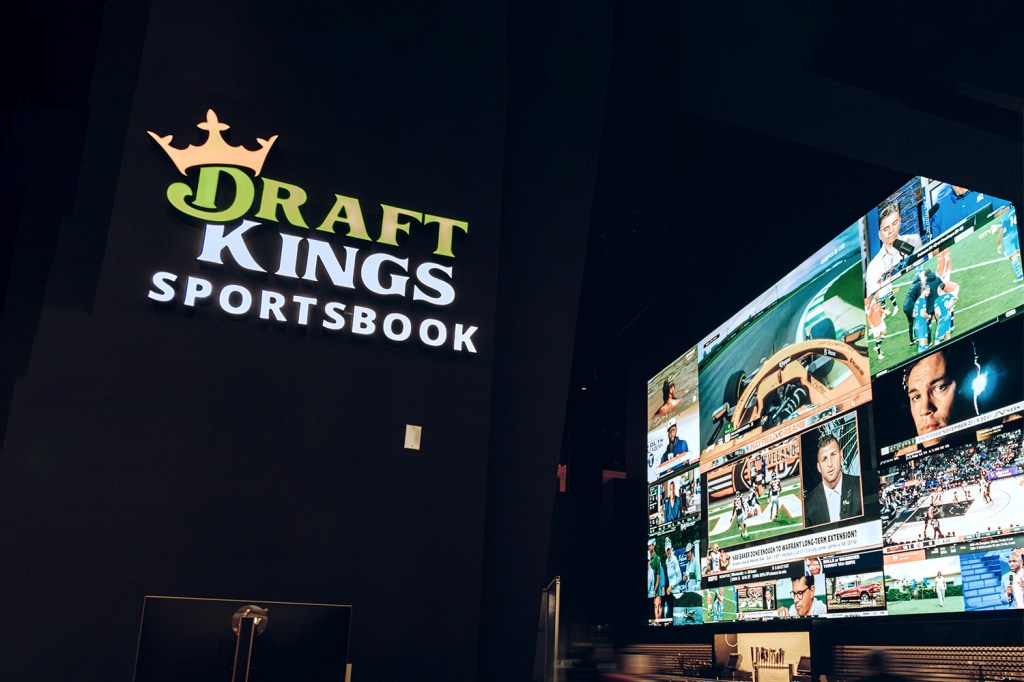
Photo credit: Pixabay
As the esports industry continues its ascent into big business, the players are beginning to realize the importance in the growth.
Multiple esports leagues have started to form players associations, most notably a global Counter-Strike union and League of Legends Players Association. The associations are forming in large part to fight for player rights and establish uniformity in the sport.
“At a 20,000-foot level, most player and team contracts are team-sided in all things,” said Scott Smith, who spearheaded the Counter-Strike association and is a longtime esports figure. “These young athletes sign away all their rights for a paycheck, X-amount to play a game.
“Players are starting to realize there’s money out there and they’re not replaceable. There’s a skill gap in these games.”
Counterstrike players formed its players association internationally, and thus won’t have the same leverage as a legalized labor union like the NFLPA, Smith said. Its main mission, at least currently, is to leverage the players’ voices and form some standardized tournament specifications.
“The business side is growing up,” Smith said. “We all figured out how to make it entertaining like a sport, but behind the scenes, infrastructure is playing catchup.”
READ MORE: The Boom of Implementing Esports Classes in College Has Begun
Unlike the Counter-Strike association, Riot Games brought in Hal Biagas to help lead a union of its League of Legends players. Biagas, the executive director of the NA LCS Players Association, has more than 21 years in sports industry experience, including 12 years working with the NBA Players Association as the assistant general counsel.
While doubts have been cast about the ability for the union to operate independently from the business. Smith, for one, believes associations should be started by angsty players looking for outside help to spark change. Smith pointed to Overwatch selling broadcast rights to Twitch for $90 million, with players getting no cut as a situation that could spur a union.
“It might just take some guys getting burned to get them truly activated,” Scott said.
Biagas seems optimistic Riot’s connection is not an issue.
“[Riot’s move] is very progressive and in some ways altruistic of Riot to suggest and advocate for it,” Biagas said. “It’s an interesting dynamic. I think from Riot’s perspective, they felt for the healthiest ecosystem, all the parties should have, maybe not equality, but there should at least be a level playing field.”
He also said he believes the company might have felt it would be beneficial to be ahead of the curve with the association model, with so many other esports leagues potentially set to follow suit in the future. For now, Biagas will focus on leading the association in growth and player involvement for when issues to present themselves to press the league on with a “unified voice.” A potential early issue will be moving the league’s teams toward a more uniform contract, he said.
For the four major sports leagues in the U.S., it took decades for player associations to form, but the cycle has accelerated in the recent past, with WNBA and MLS associations forming almost immediately in the 1990s.
Smith equated the esports industry MLB in 1900 when players were just excited to get paid to swing a bat.
The historic formation and power of some major sports player associations do provide a good framework, said Robert Rippee, executive director of the hospitality lab at the International Gaming Institute at UNLV.
“They have the ability. To look at plenty of case studies and learn from those and, potentially, do it better and faster,” Rippee said.
[mc4wp_form id=”8260″]
The relative delay of the creation of esports player associations against those two new sports leagues might be in part due to people not considering esports traditional sports, Biagas said.
Also involved is the youth of players, and a six-figure salary to play a video game rather than playing recreationally can be enticing. The youth and ability to play for money also could make selling the appeal of a union more difficult, even if they’re to the benefit of the players.
But selling away their rights poses one of the largest issues Biagas has seen and said it will be an issue he examines more thoroughly in the near future and is high on the list. Those lack of rights can be limiting in individual endorsement and sponsorship deals. Biagas said the youth of the sport and players, as well as inexperienced agents in the space, are the main reasons those rights were initially negotiated away.
“Most of the players rights are controlled by the teams,” he said. “Contracts are very limiting in what players are able to do with their images and other marks.”
From the team side of the players rights deals, Smith, who once owned a team, said he understands the early practice as the teams and leagues needed the control as they needed more revenue streams. Now as the industry as matured and more and more lucrative revenue streams have opened up, it’s less vital to the teams and leagues.
Smith said now he believes teams aren’t activating individual players enough and there’s an avenue to give players their rights back, pay them less and, ultimately, make more money. There are also plenty of verticals teams have no interest in selling, like socks, watches and shoes.
“No one uses them, let a kid try to go out and sell them,” he said. “Not every kid will be an entrepreneur, but there are quite a few who could activate that stuff. Teams wouldn’t lose money, they’d make money.”
READ MORE: Looking Into the Crystal Ball: 3 Esports Predictions for 2019
A major challenge within the esports industry is the vast amount of leagues across the globe and differences among the genres of game and demographics interested in those specific games.
“The issue is we use the term esports like sports. Sports is a huge word,” Smith said. “Counter-Strike and its ecosystem is way different than Rainbow Six and Rocket League and League of Legends.”
The idea of a standardized players associations bridging those gaps seems unlikely, Rippee said, but he believes the idea of the community will string through whenever esports players form associations.
“It’s a sign of maturation in the industry,” Rippee said. “But it’s not the peak. If you look at the history of esports, it began as a community construct, people playing together, and competition formed organically. These associations are an extension of those roots, they want to retain their input, involvement and control within the community.”

